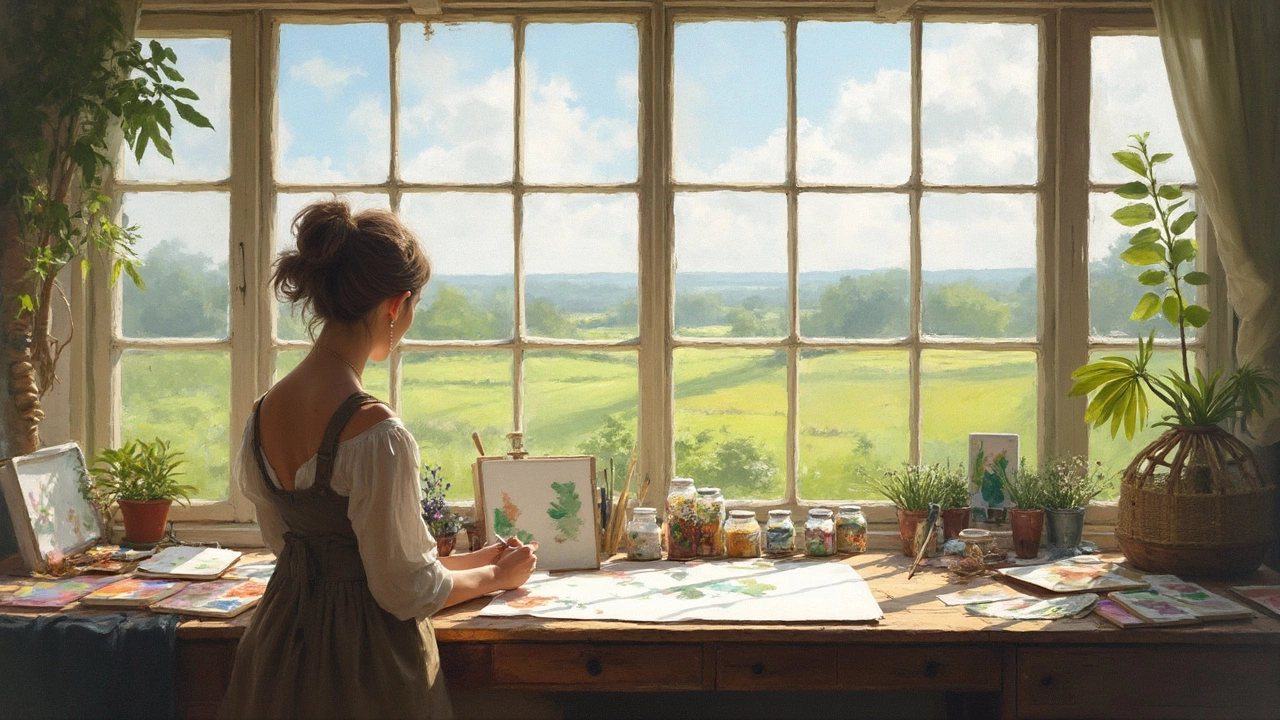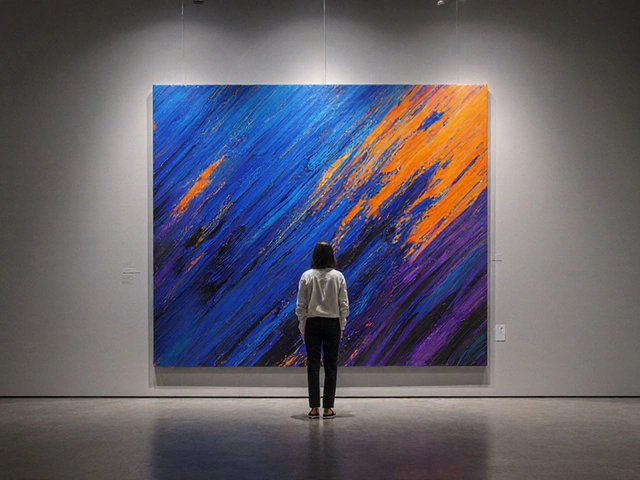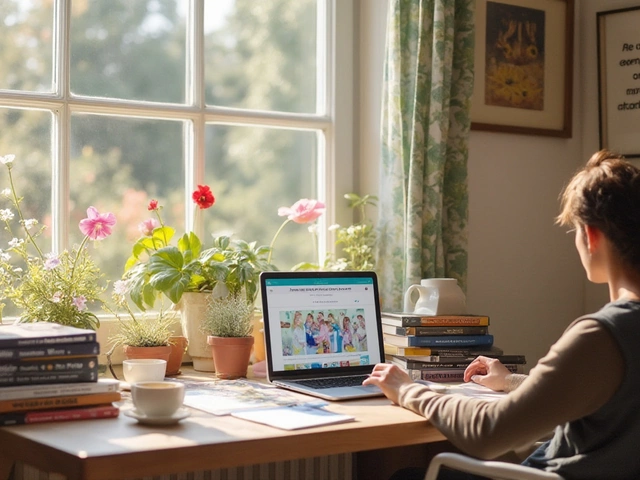Fixing Ripples: Smooth Out Unwanted Patterns in Art & Images
When dealing with fixing ripples, the process of removing unwanted wave‑like marks from painted surfaces, printed pieces, or digital pictures. Also known as ripple correction, it matters for anyone who wants a clean, professional look in their work.
One of the first steps is texture smoothing, a technique that evens out uneven brushwork or paper grain before a piece goes to final display. Texture smoothing requires the right tools—whether it’s a fine sanding block for canvases, a light‑touch glaze for oils, or a noise‑reduction filter in Photoshop. By applying texture smoothing, artists can prevent the ripple‑effect from becoming a permanent flaw.
When the ripple shows up in a photograph or a scanned artwork, digital image editing becomes the go‑to solution. Programs like GIMP, Lightroom, or even mobile apps offer spot‑heal, clone‑stamp, and wave‑filter adjustments that directly target the distorted lines. Digital image editing enables quick fixes without repainting, and it connects the traditional art world with modern workflows.
For painters, painting surface preparation is a preventive measure that reduces ripple formation from the start. Proper priming, consistent moisture control, and using a medium that matches the canvas weave all influence the final texture. When you get surface preparation right, the need for later ripple correction drops dramatically.
Printmakers face a similar challenge. In printmaking, uneven pressure or faulty rollers can imprint ripple patterns onto the paper. Adjusting the roller tension, checking ink viscosity, and using a smooth substrate are all methods that keep the print clean. Printmaking relies on these tweaks to deliver crisp images without post‑print fixing.
What You’ll Find Below
The articles below dive deeper into each of these areas. You’ll see step‑by‑step guides on how to smooth texture in oil painting, tutorials for using digital tools to erase wave artifacts, and practical tips for preparing canvases and prints so ripples never appear. Whether you work with brushes, a tablet, or a printing press, the collection rounds out the whole fixing ripples workflow—covering theory, tools, and real‑world examples.
Take a look at the range of posts and pick the one that matches your current project. From mastering Goya‑style glazing to converting a scanned sketch into clean digital art, each piece shows how to keep your work ripple‑free and ready for display.

Discover effective techniques to eliminate ripples from your watercolor paintings. This guide provides practical tips and insights on maintaining smooth surfaces in your artwork. Understand the causes of ripples and learn how to prevent them with simple yet effective methods. Achieve professional-looking watercolor pieces with confidence.





